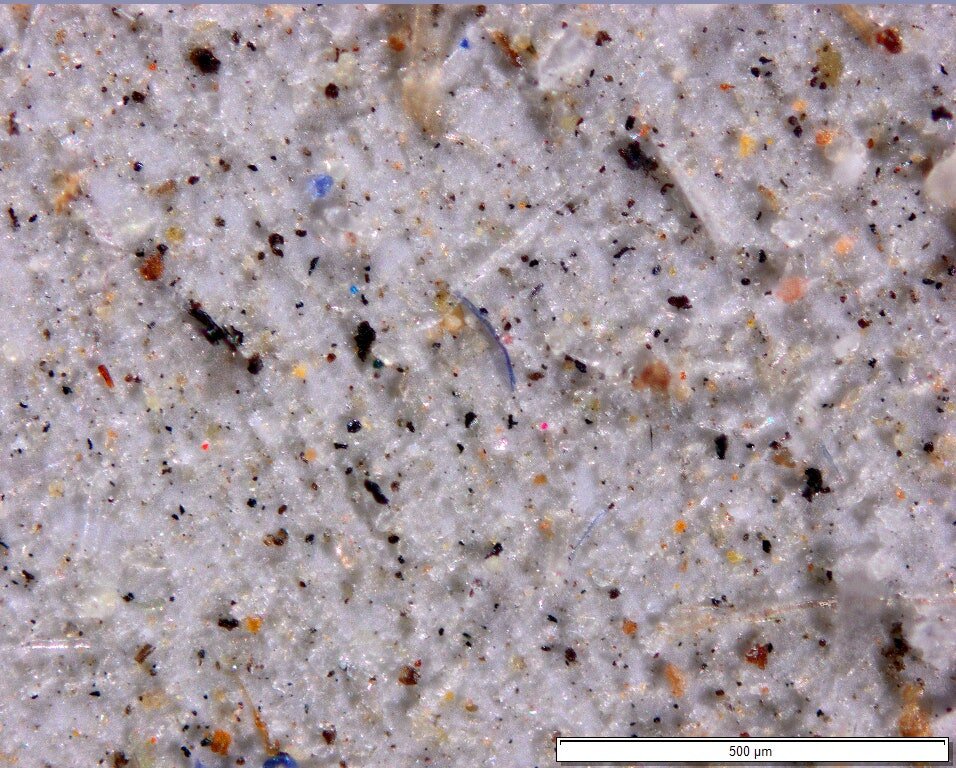Ars Technica
Janice Brahney | Utah State University
“ Microplastics are blowing all over the world, landing in supposedly pure habitats, like the Arctic and the remote French Pyrenees. They’re flowing into the oceans via wastewater and tainting deep-sea ecosystems, and they’re even ejecting out of the water and blowing onto land in sea breezes. And now in the American West, and presumably across the rest of the world given that these are fundamental atmospheric processes, they are falling in the form of plastic rain—the new acid rain.
Plastic rain could prove to be a more insidious problem than acid rain, which is a consequence of sulfur dioxide and nitrogen oxide emissions. By deploying scrubbers in power plants to control the former, and catalytic converters in cars to control the latter, the US and other countries have over the last several decades cut down on the acidification problem. But microplastic has already corrupted even the most remote environments, and there’s no way to scrub water or land or air of the particles—the stuff is absolutely everywhere, and it’s not like there’s a plastic magnet we can drag through the oceans. What makes plastic so useful—its hardiness—is what also makes it an alarming pollutant: Plastic never really goes away, instead breaking into ever smaller bits that infiltrate ever smaller corners of the planet.”


